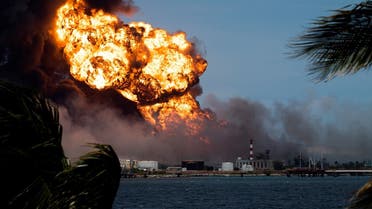By TZVI JOFFRE -
A new virus known as Langya henipavirus (LayV) has been found in 35 patients in China, a new correspondence from Chinese and Singaporean scientists published in The New England Journal of Medicine revealed on Thursday.

© (photo credit: Electron Microscopy Unit AAHL, CSIRO)
The virus is a henipavirus and is a relative of the Hendra and Nipah viruses, which are already known to infect humans and cause fatal disease. The virus is most closely related to the Mojiang henipavirus.
26 of the patients were infected only with LayV and suffered from fever, fatigue, coughing, anorexia, muscle aches and pain, nausea, headache and vomiting, as well as thrombocytopenia (low blood platelet count), leukopenia (low white blood cell count) and impaired liver and kidney function.
No deaths have been reported due to the virus, although its relatives the Hendra and Nipah viruses have an estimated mortality rate of between about 40-70%.
The scientists also found the virus in goats and dogs and in shrews in the wild, with the correspondence suggesting that the shrew may be a natural reservoir of LayV.

Health care worker takes swab samples from Israelis at a covid-19 drive through testing complex in Modi'in, February 1, 2022. (credit: YOSSI ALONI/FLASH90)
The scientists stressed that while they are still unable to confirm that the symptoms were caused by LayV infection, a number of factors indicated that the virus was the cause of the symptoms.
For one, in 26 out of the 35 patients, LayV was the only potential pathogen detected. Additionally, patients with pneumonia had higher viral loads than those without pneumonia.
Unclear if the virus can pass from human to human
The scientists added that they were unable to find evidence for human-to-human transmission of the virus, although such transmission has been reported for the Nipah virus and the sample size collected by the scientists was too small to determine the status of human-to-human transmission. There was no close contact or common exposure history among the patients.
After the correspondence was published, Tawain's Centers for Disease Control announced that it was monitoring the development of LayV and would establish a standardized procedure for domestic laboratories to conduct genome sequencing and strengthen surveillance.










.jpg)










